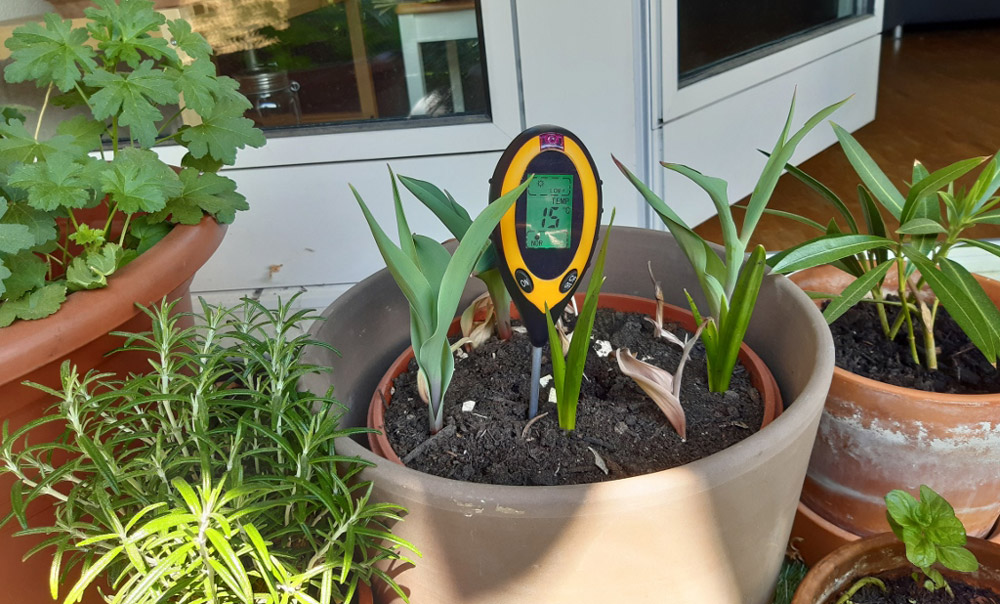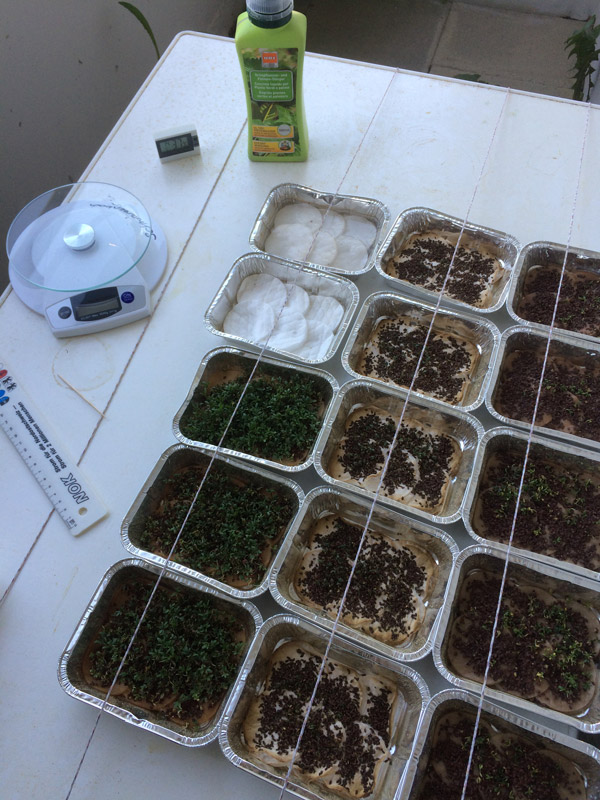#45: Cress, tomatoes and the meaning of the universe
The coping mechanisms of field hydrologists and other geographers during the Covid-19 restrictions: Two H2K members share their creative solutions.
_JE_1000.jpg)
Geography happens outside - at least if you do field work for your research or your studies. This can be a challenge when it comes to work at your home office. The current situation leaves few of us with the possibility to travel to our field sites to roam around freely in the mud (or dust) at our heart's content. When facing these restrictions field scientists employ different coping mechanisms: staring at photos from the field all day, excessive google earth searches or starting to measure flow rates at the water tab.
We would like to share two approaches to the problem by members of our H2K (Hydrology and Climate) group: Franziska Schwarzenbach, MSc student and communications officer for CrowdWater, and Jana Erdbrügger, PhD student and field hydrologist.
Living rooms become study sites
Two of the main MSc modules in hydrology at our department are perfectly adapted to the seasons: In autumn, there is a course about hydrological modelling; you can study the contents from your warm and cozy apartment - or the less warm and less cozy Y25 J-08/09. However, the course in spring is about hydrological measurements and calculations and major parts of it happen outside. Or at least they happened outside in the past years.

This year, everything is different. If the field days can take place is still written in the stars (well, that turned out to be a black hole) and for the projects, which we develop in groups of two to three persons, we adapted to the Covid-19 conditions: Group meetings via Zoom, measurements that need to be the same at all the study sites (a.k.a. living rooms) via Zoom, and in our case: No chance to escape the "nice" odors accompanying our growing cress.
However, after driving parents, siblings, boyfriends and ourselves up the wall for one long week, we decided that the dizzy heights of a balcony may be the better place for our odorous experiment. The windy conditions lead to new challenges, but some creativity helped and saved the aluminum bowls from getting blown away. We are happy to serve all of you with some cress sandwiches when university opens again. First come, first served, no liability for health risks!
Philosophical discussions and hydrological needs of plants
The current situation also gets to those of us who are used to start their field measurements in spring. Though updating CrowdWater stations in the vicinity is nice as well, there remains a hole in the hydrologists' heart. So, while the current situation leads many people to form a closer bond with their plants this is also true for some plant hoarding hydrologists.
True to their profession though the hydrologist does not only get into deep philosophical discussions with their tomato but is also rather interested in the hydrological aspects of potted plants (given lack of boreal streams and wetlands nearby to be measured). The logical step was a detailed Excel chart to log the exact amount of water given to each plant and the soil moisture state on a daily basis.
Of course, every decent hydrologist has a soil moisture measuring device as well a measuring cup at hand wherever they might be confined to home office. By the end of the current situation an alternative PhD project and a publication on potted plant soil moisture and water demand are expected - as well as an answer from the tomato on the meaning of the universe and all in it.
Franziska Schwarzenbach, Jana Erdbrügger
